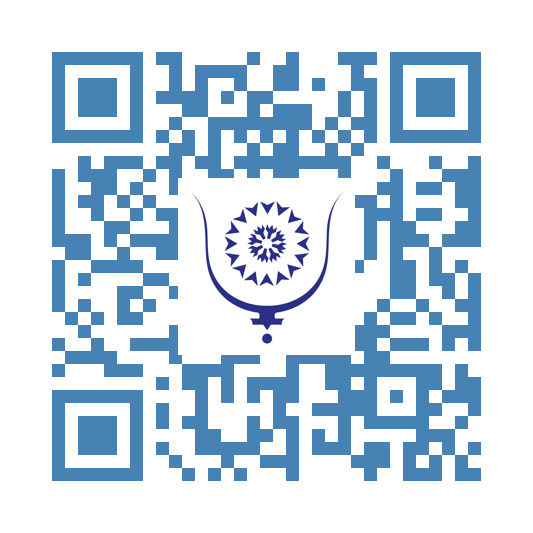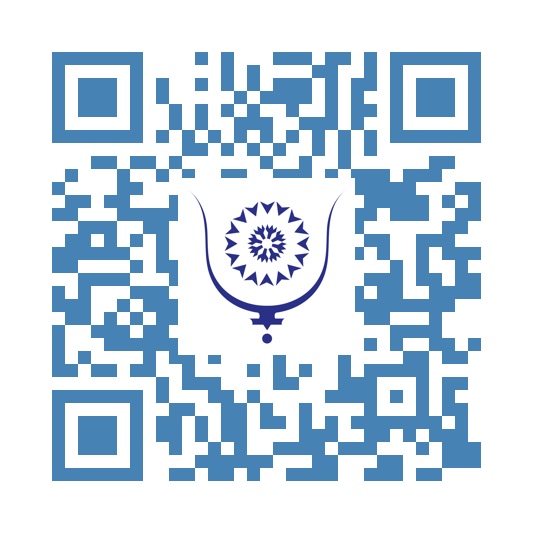EN ATTENDANT LES JO 2028 : DES PROPOS AUTOUR DES PARTICIPATIONS MAROCAINES AUX JEUX OLYMPIQUES .part1 252
Le Maroc a une longue tradition de participation aux Jeux olympiques, avec une première participation en 1960. Depuis lors, le pays a envoyé des athlètes à presque toutes les éditions des Jeux olympiques.
Dans ce constat et comme indiqué dans le titre de cet essai, nous nous limiterons ici à présenter un certain nombre de chiffres et de statistiques concernant les différentes participations marocaines aux Jeux olympiques sans aborder les éditions entre 1896 et 1956, auxquelles le Maroc n'a pas participé, ainsi que les éditions de 1976 à Montréal et de 1980 à Moscou, que le Maroc a boycottées.
Nous aborderons les chiffres et les résultats sans nous lancer dans leur analyse ou attribuer des responsabilités à qui que ce soit, cela permettra à chaque lecteur de tirer ses propres conclusions. L'objectif n'est pas d'attribuer des responsabilités (comme le font certains mercenaires des résultats sportifs marocains qui apparaissent à la fin de chaque manifestation sportive à laquelle participe le Maroc pour présenter "l'homme de la situation" ou "l'homme de l'étape" selon leur conviction ou parce qu'ils sont payés pour cela par l'homme de la situation ou l'homme de l'étape ou son entourage, ou peut-être pour une raison personnelle. On les voit parfois se moquer des athlètes participants, parfois des directeurs techniques et parfois des présidents de certaines fédérations. Certains vont même jusqu'à dire que les raisons de la catastrophe sont le sport scolaire, le mur court sur lequel on accroche l'échec en cas d'échec (et cela aurait été logique si les succès sportifs étaient également attribués au sport scolaire).
Ce qui est étrange, c'est que ceux qui deviennent du jour au lendemain des analystes, des entraîneurs, des psychologues, des sociologues et des physiologistes à travers leurs interventions souvent émotives ne prennent pas la peine de rechercher les éléments nécessaires à leurs interventions. Ils bombardent et divaguent à droite et à gauche, confondant le sport pour tous, l'éducation physique et sportive, le sport scolaire (de masse et d'élite), le sport civil, les sports olympiques, le sport… et confondent également les missions et les responsabilités de ceux qui sont chargés de chaque domaine.
I. PARTICIPATIONS MAROCAINES AUX JEUX OLYMPIQUES
• Liste des médaillés marocains dans les différentes éditions des Jeux olympiques
1. Rhadi Ben Abdessalem : médaille d'argent au marathon à Rome 1960
2. Nawal El Moutawakel : médaille d'or au 400 m haies à Los Angeles 1984
3. Saïd Aouita :
– médaille d'or au 5000 m à Los Angeles 1984.
– médaille de bronze au 800 m à Séoul 1988.
4. Ibrahim Boutayeb : médaille d'or au 10 000 m à Séoul 1988
5. Abdelhak Achik : médaille de bronze en boxe (poids plume) à Séoul 1988
6. Khalid Skah : médaille d'or au 10 000 m à Barcelone 1992
7. Rachid El Basir : médaille d'argent au 1500 m à Barcelone 1992
8. Mohamed Achik : médaille de bronze en boxe (poids coq) à Barcelone 1992
9. Salah Hissou : médaille de bronze au 10 000 m à Atlanta 1996
10. Khalid Boulami : médaille de bronze au 5000 m à Atlanta 1996
11. Ali Ezzine : médaille de bronze au 3000 m steeple à Sydney 2000
12. Nezha Bidouane : médaille de bronze au 400 m haies à Sydney 2000
14. Ibrahim Lahlafi : médaille de bronze au 5000 m à Sydney 2000
15. Tahar Tamsamani : médaille de bronze en boxe (poids plume) à Sydney 2000
16. Hicham El Guerrouj :
– médaille d'argent au 1500 m à Sydney 2000.
– médaille d'or au 1500 m à Athènes 2004.
– médaille d'or au 5000 m à Athènes 2004.
17. Hasna Benhassi :
– médaille d'argent au 800 m à Athènes 2004.
– médaille de bronze au 800 m à Pékin 2008.
18. Jaouad Gharib : médaille d'argent au marathon à Pékin 2008
19. Abdellatif El Guider : médaille de bronze au 1500 m à Londres 2012
20. Mohammed Rabii : médaille de bronze en boxe (poids moyen) à Rio de Janeiro 2016
21. Soufiane El Bakkali :
– médaille d'or au 3000 m steeple à Tokyo 2020.
– médaille d'or au 3000 m steeple à Paris 2024.
22. Équipe nationale : médaille de bronze au football à Paris 2024
• Médailles remportées et sports concernés
Le Maroc a remporté un total de 26 médailles aux Jeux olympiques.
Athlétisme : l'athlétisme a remporté un total de 21 médailles sur les 26 que le Maroc a obtenues lors de ses participations aux différentes éditions des Jeux olympiques, soit un pourcentage de 81 % du total des médailles remportées par le Maroc depuis 1960.
Boxe : la boxe a remporté un total de 4 médailles sur les 26 que le Maroc a obtenues lors de ses participations aux différentes éditions des Jeux olympiques, soit un pourcentage de 15 % du total des médailles remportées par le Maroc depuis 1960.
Football : le football a remporté 1 médaille sur les 26 que le Maroc a obtenues lors de ses participations aux différentes éditions des Jeux olympiques, soit un pourcentage de 4 % du total des médailles remportées par le Maroc depuis 1960.
Trois disciplines sportives seulement ont permis au Maroc de remporter des médailles.
II. Champions marocains multimédaillés
Quatre athlètes marocains ont remporté 35 % du total des médailles marocaines :
Hicham El Guerrouj : 3 médailles (12 % du total des médailles marocaines)
– Sydney 2000 : médaille d'argent au 1500 m.
– Athènes 2004 : médaille d'or au 1500 m et au 5000 m.
Saïd Aouita : 2 médailles (8 % du total des médailles marocaines)
– Los Angeles 1984 : médaille d'or au 5000 m.
– Séoul 1988 : médaille de bronze au 800 m.
Hasna Benhassi : 2 médailles (8 % du total des médailles marocaines)
– Athènes 2004 : médaille d'argent au 800 m.
– Pékin 2008 : médaille de bronze au 800 m.
Soufiane El Bakkali : 2 médailles (8 % du total des médailles marocaines)
– Tokyo 2020 : médaille d'or au 3000 m steeple.
– Paris 2024 : médaille d'or au 3000 m steeple.
Total des médailles pour les athlètes mentionnés : 9 médailles, soit 35 % du total des médailles marocaines (en considérant que le total des médailles marocaines est de 26, comme mentionné précédemment).
4 athlètes multimédaillés ont à eux seuls remporté 9 médailles des 26 médailles, soit 35 % de l'ensemble des médailles remportées par le Maroc.
You are leaving Bluwr.
We cannot guarantee what's on the other side of this link:




